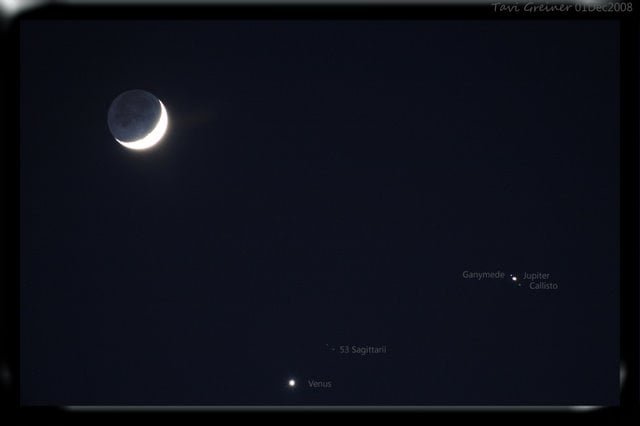[/caption] One of the nicknames of Venus is "the Morning Star". It's also known as the
Evening Star
. Of course, Venus isn't a star at all, but a planet. So why does Venus have these nicknames?
The orbit of Venus is inside the orbit of Earth. Unlike the outer planets, Venus is always relatively close to the Sun in the sky. When Venus is on one side of the Sun, it's trailing the Sun in the sky and brightens into view shortly after the Sun sets, when the sky is dark enough for it to be visible. When Venus is at its brightest, it becomes visible just minutes after the Sun goes down. This is when Venus is seen as the Evening Star.
When Venus is on the other side of the Sun, it leads the Sun as it travels across the sky. Venus will rise in the morning a few hours before the Sun. Then as the Sun rises, the sky brightens and Venus fades away in the daytime sky. This is Venus the Morning Star.
The ancient Greeks and Egyptians thought that Venus was actually two separate objects, a morning star and an evening star. The Greeks called the morning star Phosphoros, "the bringer of light"; and they called the evening star Hesperos, "the star of the evening". A few hundred years later, the Hellenistic Greeks realized that Venus was actually a single object.
We have done several articles on Universe Today encouraging readers to
go out and see Venus the Morning Star.
And here's what
Venus looks like in a telescope
.
Want more information on Venus? Here's a link to
Hubblesite's News Releases about Venus
, and here's
NASA's Solar System Exploration Guide
to Venus.
We have also recorded a whole episode of Astronomy Cast that's just about planet Venus. Listen to it here,
Episode 50: Venus
.
 Universe Today
Universe Today
